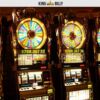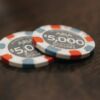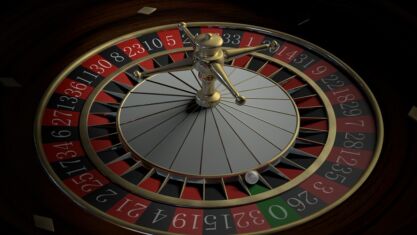Bluffing is a strategic move in poker that can completely change the pace of the game. Knowing when and how to bluff in poker is something that separates pros from amateur players. If you want to improve your poker skills and master the game like Phil Ivey, here are the most useful tips about bluffing.
What is bluffing? Roughly speaking, it is a lie that makes your opponents believe that you have better cards and makes them fold. It’s a psychological game within a card game that requires careful observation, timing, and the ability to read your opponents. In this article, we will delve into the pros and cons of bluffing in poker, explore the different types of bluffs, discuss common mistakes to avoid, and share tips on how to recognize when your opponent is trying to trick you.
Follow the latest online poker updates to learn more useful tips and tricks about poker and its variants.
4 main types of bluffs in poker
Bluffing is not limited by making your opponents think that your cards are superior. There are different types of bluffs that you can use based on the specific circumstances or a combination in your hand. Experts list four main types of bluffs in poker.
Semi-bluff
A semi-bluff is a bluff where you have a weak hand that has the potential to improve into a strong hand (e.g. flush or straight). This type of bluff combines a high possibility of improving your hand with the added fold equity from rival players.
Continuation bet bluff
A continuation bet is a bluff that occurs when you decide to take the initiative and be the leading players at the poker table. By learning how to bluff in poker using this type, you can ensure that your opponents don’t connect with the board.
Stone-cold bluff
A stone-cold bluff is a bluff that occurs when you have a truly mediocre or weak poker hand without a chance to make it better. The purpose of this bluff is solely to make other players believe in your supremacy, as you have no chance of winning with your combination.
Opportunistic bluff
An opportunistic bluff takes place when other participants look uninterested in the prize pot. This type of bluff can be effective in situations where your opponents don’t aim to win, otherwise, this bluff won’t work.
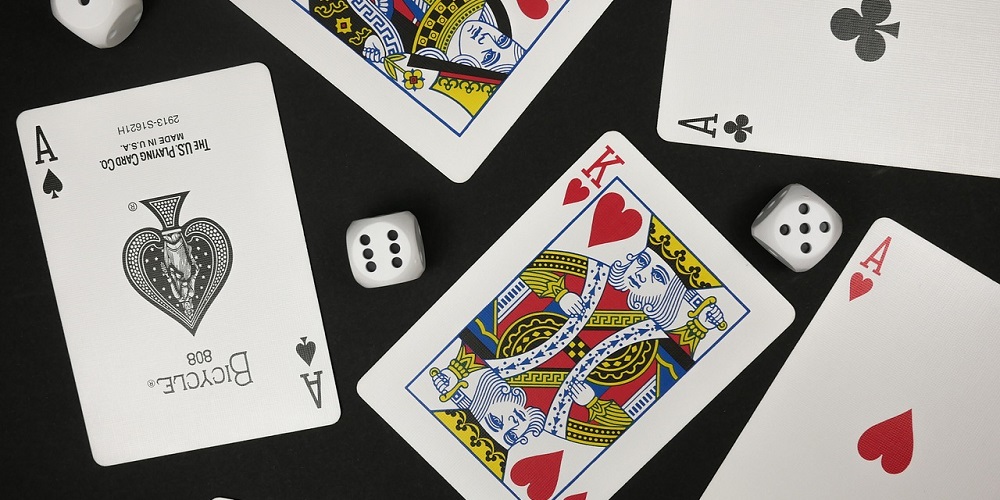
Pros and cons of bluffing
Learning how to bluff in poker can be a powerful tool that can turn you into the winner even with the worst hand, but it also includes several risks. Let’s explore the pros and cons of bluffing at the poker table, starting with the reasons why you should try it.
- The most obvious reason to learn how to bluff in poker is an opportunity to win pots even when you don’t have the best hand. By making your opponents quit, you can claim the pot without having to show your cards.
- Bluffing can help you establish a strong table image and gain a psychological advantage over other players. If your opponents perceive you as a fearless player, they may be more likely to fold when you make a big bet.
- Bluffing also creates uncertainty among your rivals, making it difficult for them to think straight. This can lead to them making mistakes that work in your favor. Read about other ways to improve your poker skills to avoid relying solely on bluffing.
How can bluffing have some cons if it helps you win? In fact, disadvantages of bluffing during poker games and tournaments include mostly risks associated with it, so it can be useful to learn about them.
- Bluffing too frequently can make your opponents catch on to your strategy. If you bluff too often, players may start calling your bets more frequently, resulting in the loss of chips.
- Your strategy should meet the situation at the table to be successful. Failing to take such factors as your opponent’s stake or reactions into account can lead to unsuccessful bluffs.
- Before bluffing, it’s essential to consider your opponents’ likely hand ranges. If their combinations consist mainly of strong hands, bluffing becomes riskier.
- After successfully tricking your opponents, it may be tempting to show your cards to reveal your ‘true colors’. However, this can give away valuable information and potentially backfire in future rounds.
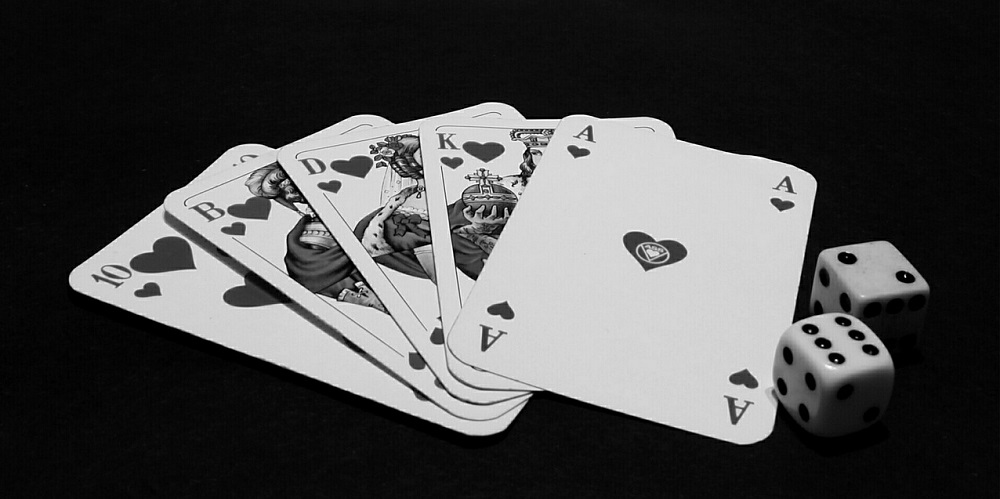
Ways to recognize bluff in poker
Now you know how to bluff in poker, but how to know whether other players use the same strategy? The art of buffing is also about being able to detect when your opponents are trying to make you fold. Here are some signs that can help you recognize bluff at the table.
Foremost, if your opponent’s betting patterns are inconsistent or don’t make sense, it might mean that he is bluffing. Besides that, you should pay attention to your opponent’s body language and facial expressions. Altough such factors as trembling or avoiding eye contact can also be intentionally misleading and you should ‘read’ them together with other factors, it can also signal about bluff taking place at the table.
If your opponent makes an unusually large or small bet, they could be bluffing too. Typically, a big stake is an attempt to make you fold, while a small one is an attempt to induce a call. Finally, pay attention to the timing of your opponent’s actions. If they take too long to make a decision, they may be trying to deceive you. Conversely, if they make a quick decision, it could indicate that they are confident in their bluff.


